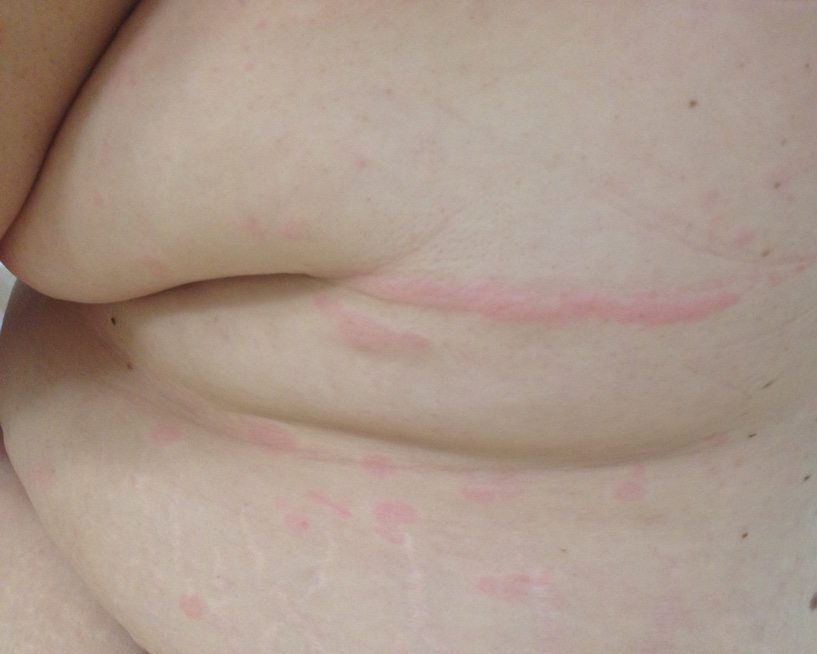Responsibility
The information provided by this website comes from sources deemed reliable. However, the Société Française de Dermatologie recommends that the user ensure the validity of this information. Some may prove to be erroneous or be subject to typos or display errors.
The use of this data is under the sole responsibility of the user. The Société Française de Dermatologie cannot be blamed for a misinterpretation of the data provided by the site, or in the event of erroneous information. This decision tree and all the contents of this site have been developed in the context of updated data from science according to the HAS methodology, expert opinions and reviewers of the various documents and in the context of the French healthcare system.
